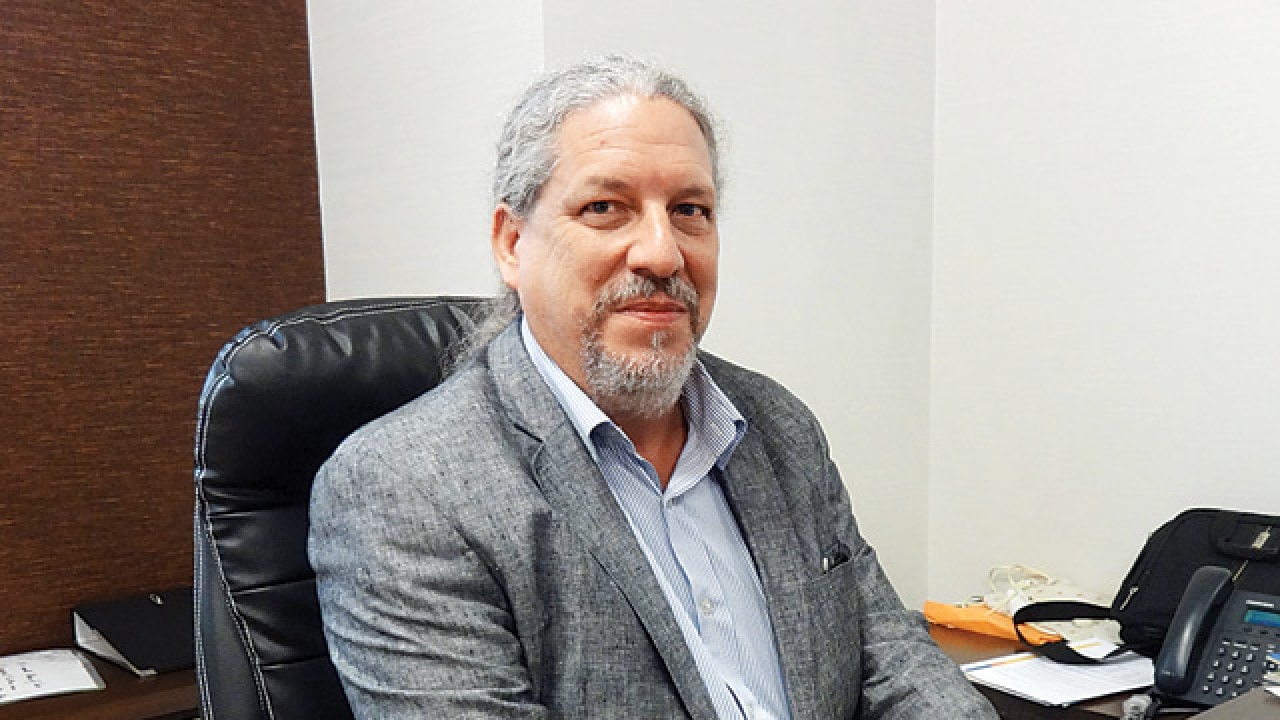
When I first meet parents who are looking for admission, I always ask them, “How many of you remember what you were taught in Class 9 or 11?” To date, no one has said they remember. I think this is a problem. Many of them do remember Class 10 and 12, why? As students, they were engaged in learning because of the high stakes involved in exams. They didn’t care about what they learned during their other years in school, because there was nothing to engage them.
But what if students were engaged in their own learning every year and in every subject? It stands to reason that their learning would be better. The question is how to get them engaged. Over the past decade, there have been several studies, which show that students who are engaged in learning by using real world problems, do better on exams and in college. What it boils down to is that teachers present problems or challenges to students and guide them to find solutions. Who doesn’t love a challenge or puzzle?
Solving problems doesn’t have to take place just in the classroom, parents can do it home. When your child says that she/he is bored, think up a challenge for them to solve. Let’s say your child has been learning about area/perimeter in school, an easy way to keep he/she engaged and reinforce what has been taught at school is to pose a simple challenge. “I’m thinking about painting the bedrooms, but I need to figure out how much paint we will need. Can you suggest how I can do that?” They may need you to ask other questions to lead them to the answer, but eventually they will figure out that they need to find the area of the room. Then let them go on their own, they will measure and do the math to figure it out. It’s up to you if you want to paint afterwards, or just give a treat as a reward.
Of course, in schools we can do deeper projects that involve group work as well. One of my favourites is to tell the students that we are getting a grant of Rs 50 crores to build a fun park outside Mumbai and they need to plan how they would spend the money and what type of rides. At the end of the project, after about three weeks, all groups have to make a presentation.
The whole point of these exercises is for students to be engaged in using their learning, not just memorising a formula to find out the area of room. By seeing that their learning has practical uses, students are more likely to remember and make use of it. So instead of sending your kids to tuition classes think of problems that they can solve and then they can actually use what they have learned.